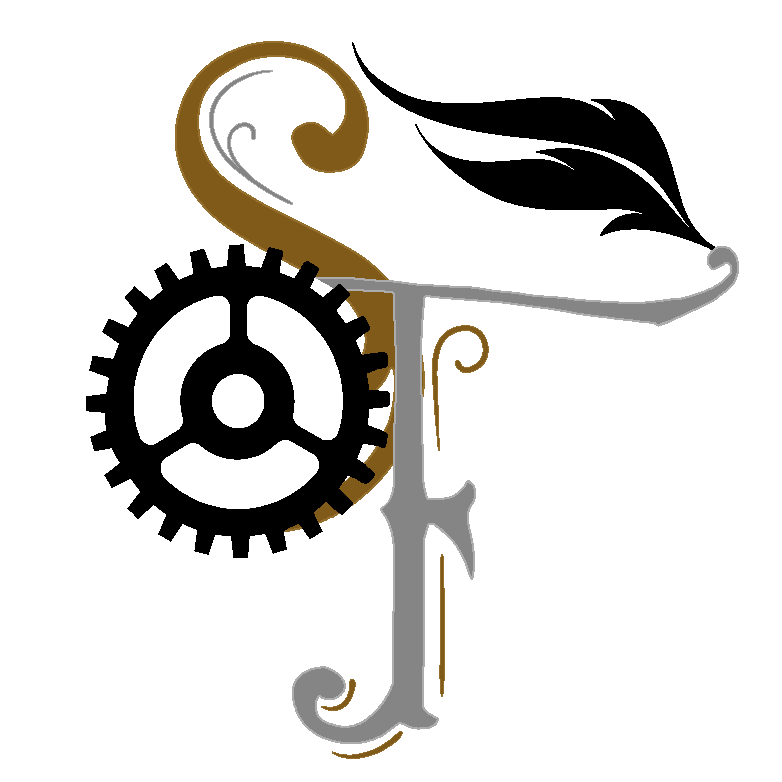ST Forge: How To Spin Improvised Lore
ST Forge is a series to help Storytellers and Game Masters improve their craft and learn new ways to engage their players. It’s here we can get a glimpse at how we can create new worlds or story details on the fly.
Good evening, ladies and gentlemen, trees, and nonbinaries. My name is Adam Ray, and welcome to the Storyteller's Forge.
Being the storyteller, GM, and Master of Ceremonies is not an easy task, but it's a rewarding one. I encourage anyone who wants to tell a story or wants to be at the head of a table whisking people away on an adventure to try their hand at being a Storyteller. To me, it's the purest form of telling a story. Adding dice and rule systems gives the Storyteller the facility to guide and shape the narrative. Ultimately though, to play most tabletop roleplaying games, all you truly need are imagination and something to simulate randomness.
So, what's the secret to creating lasting and memorable stories? While having a good plan for what the player characters could get up to, being able to sling something new for them to explore from relatively out of nowhere is incredibly important. In this article, I'm going to talk about what good, improvised lore is and give some handy examples from my own experience Storytelling 5th Edition Dungeons and Dragons.
Something New Over the Horizon
When I say improvised lore, I mean it literally. When people think about lore in fantasy fiction, they usually think of grand details about how bark on certain trees grows, or passages that read like a fantasy textbook. Yeah, no. Sure, lore can include that, but for me, it's any little descriptive slice of flavor text that can be applied to the world. The robot has a blinking light on its chest. The bartender's eyes are blue. The businessman is wearing red shoes. All of those are little bits of lore that one could easily improvise.
As the storyteller, I have one key bit of advice for those little drips of improvised lore:
WRITE THEM DOWN
✏️
WRITE THEM DOWN ✏️
Praise to the monkey god, and all that is unholy, please write them down. You never know which player is gonna latch onto a detail that is (probably) insignificant and will call you out on it three sessions later. Good note-taking for a storyteller is such an important skill and one that I've learned the hard way. In fact, keep your eyes turned to this blog for another post soon on the art of good storyteller note-taking. Honestly, if I could hire a courtroom stenographer, I would. Take good notes.
Of course, little nuggets of information like that are easy for some to craft. Whether it's your own adventure or a module for your favorite system, if you know the written storyline or the narrative you want to tell, then you know the kinds of things that may pop up. It's good Storyteller practice to have these kinds of narrative morsels on hand and ready as you're narrating, and the ability to say something like this quickly and with little thought is the mark of a fluid Storyteller.
From Lore Morsels to Story Meals
But how do we take this a little further? Sure, we can say stuff like “the aliens like ballet” or “that one goblin is eating spaghetti”, but how do make it a little more unique and memorable to your table? Here are a few examples from when I've been a Storyteller to a few games of 5th edition Dungeons and Dragons. A player of mine was investigating a temple to an ocean goddess. His character was from a race of humanoid cats who worshipped their creator and wanted to know more about this ocean goddess, so I told them to roll Religion. On a low roll, I wouldn't give out reams of lore, but I instead said this:
“You know that the goddess is called Aguamadre and that she was friends with the lord of cats at the dawn of time. You aren't sure why they had a falling out, but they did, and now that's why cats are afraid of water.”
The only thing I knew for sure about that lore interaction was the name of the goddess, Aguamadre, because my family is Spanish, and naming a Poseidon analogue “water mother” seemed fun to me. The rest of it, the connection to the cat-folk deity and the cat-scared-of-water connection all came from that moment of improvised roleplay.
This is a moment still fondly remembered by my players and I because it does something all off-the-cuff lore should do: it relates back to the players! By turning their questions in the world into an answer that links them back to the world as though they themselves were living it, it makes everyone involved feel very immersed and at home.
End of New History
It's not easy to keep the details about the story to yourself, let alone the context of the wider world, but when you find little slips of information to make the world feel more realistic, then the players have a good way in, and if that relates to the player specifically, then your job as the storyteller was well done. Tell the story for these new adventurers, and let them get caught up in the world you're bringing.
Adam Ray has created many weird and wonderful things across the interwebs. As founder of Fantastic Universes, they've brought pop culture news to many. They review DC Comics on Dark Knight News, gave commentary on the League of Legends card game, and spoke at length about all of it on The Hostile Takeover Podcast. They even play D&D with No Ordinary Heroes, games with The Hostile Atmosphere, and streamed on Twitch. Climb their Linktree to find all Adam's exploits!


